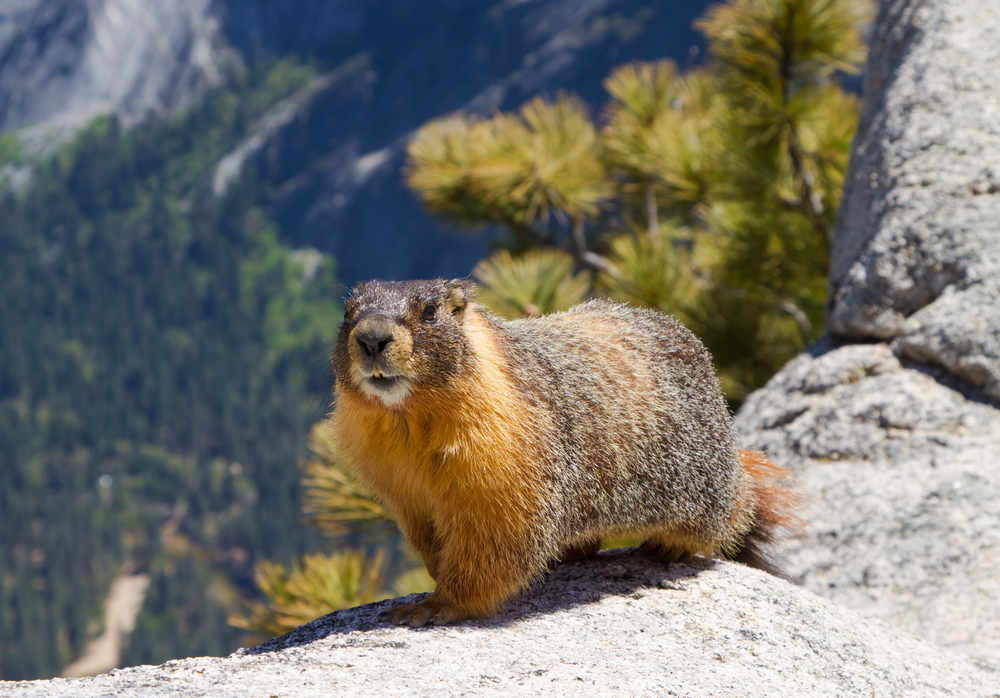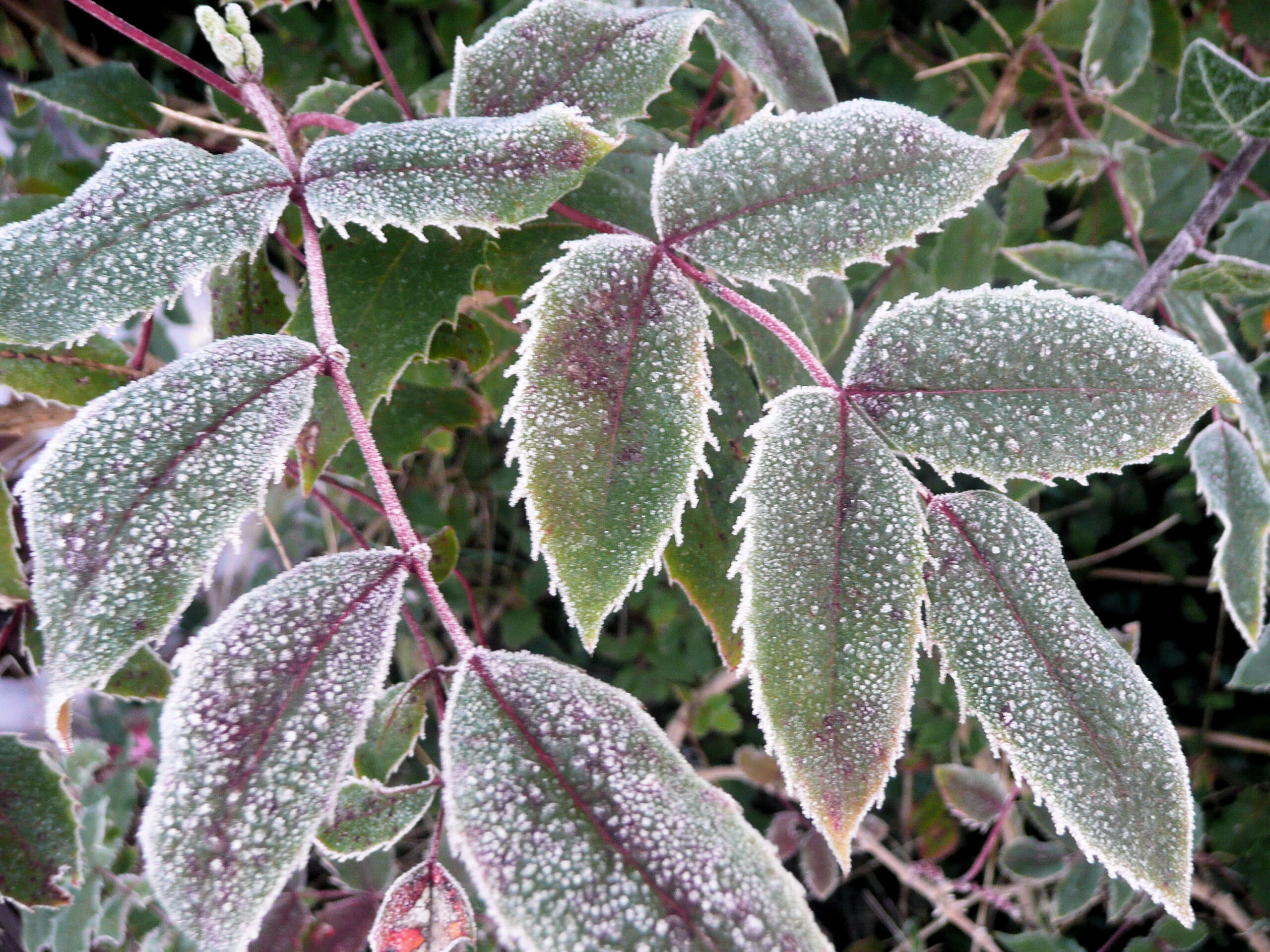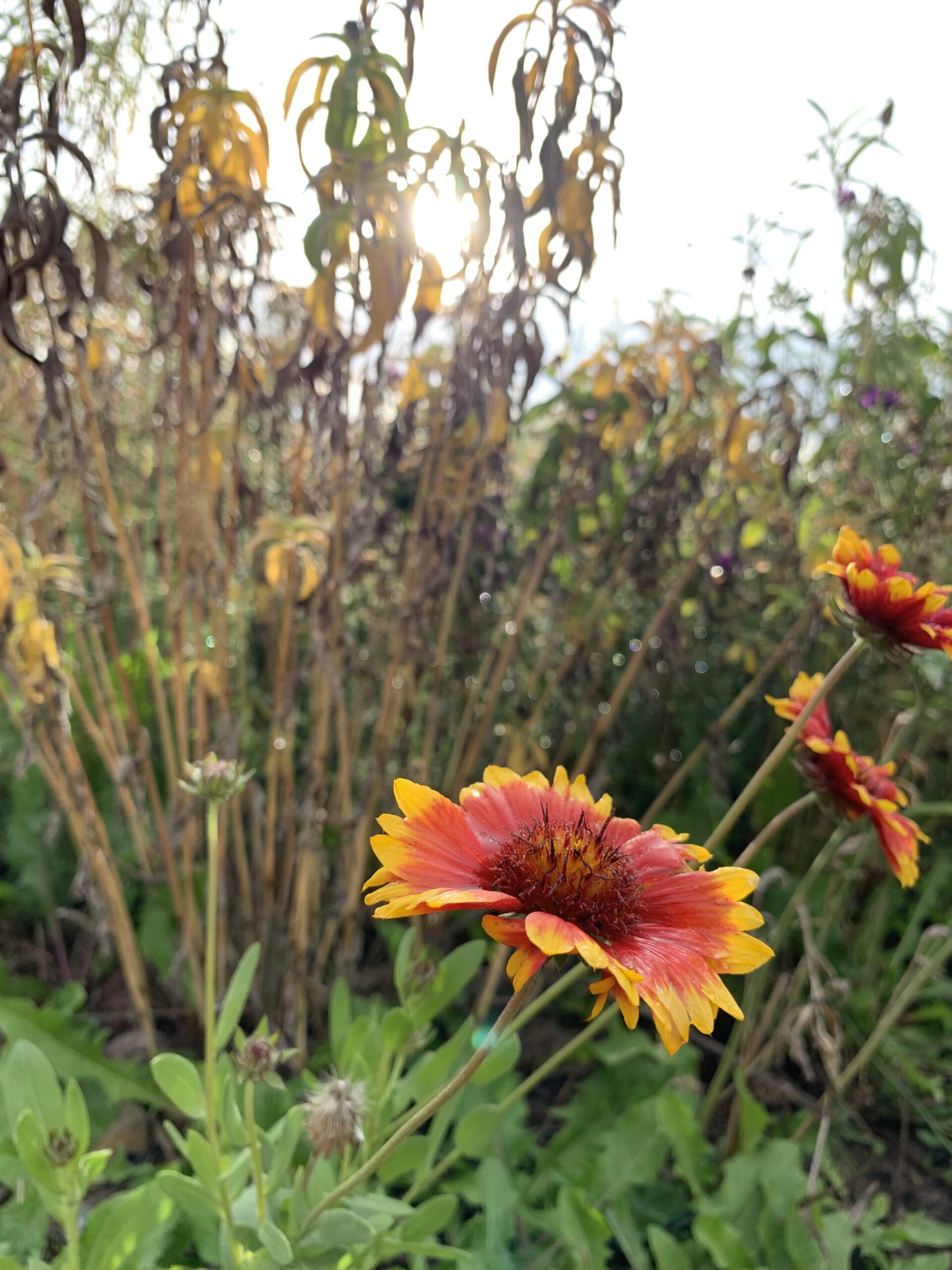By Jessie Walthers, Conservation Program Manager Groundhog Day. Who doesn’t love this most random of…

What is a Riparian Area?
Riparian Area Basics
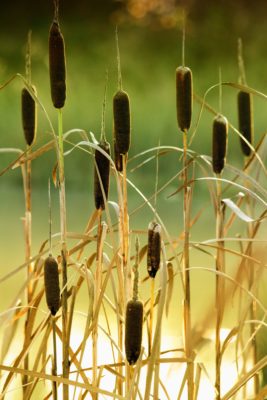
At the Flathead Conservation District, we get this question a lot. It seems that many people don’t really understand what characterizes a riparian area and why they’re so important.
Healthy riparian areas (also called riparian zones) are the interface between land and water, characterized by deep-rooted vegetation. Streambanks, floodplains, and wetlands are common examples of riparian areas. Due to their properties and functions, riparian areas are uniquely important for both land and water management.
Riparian areas are generally low-lying and adjacent to open water such as rivers, lakes, and ponds. Because they are low-lying, ground water is generally very near the surface and the soil tends to be fine, silty soils carried in from floods and runoff. Specific, water-loving plants, such as red osier dog wood and cotton wood trees, are characteristic of riparian areas.
Ecological Functions of a Healthy Riparian Area
As an analogy, you can imagine riparian areas functioning as a sponge, a filter, and a net.
The soils and organic matter characteristic of a riparian area are very absorbent. You may have noticed this if you’ve ever walked along a flooded stream in spring. The ground itself can soak up water from the adjacent waterway. When a waterway is overfull, the excess can be absorbed by the riparian area. Then, when water levels recede, water is slowly released back. Much like a saturated sponge left on a sloped surface, the water in a riparian area will re-enter the stream or lake as it leaks out. Through acting as a sponge, riparian areas can help prevent both flooding and drought by absorbing excess water then releasing it slowly over time.

As water runs across the ground and through a riparian area, it is also filtered. Much like a filter in a coffee pot, the fine soils, dense organic matter, and thick vegetation slow water down and catch particles in the water. Runoff from roads, parking lots, agricultural areas, and industrial areas can contain pollutants which are filtered by riparian areas before they enter the adjacent waterway.
Deep rooted vegetation is integral to a functioning riparian area because the characteristic root system acts like a net, holding the soil in place. If you’ve ever floated or fished a local river, you’ve likely seen an exposed bank with the root system holding it in place. Through this net of roots, riparian areas prevent substantial amounts of erosion. During high water events, the roots of riparian vegetation can also help keep shorelines, streambanks, and the surrounding human infrastructure intact.
What You Can Do
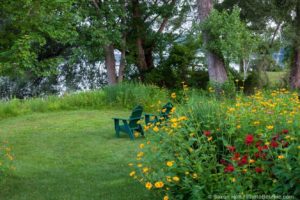
Most importantly, don’t attempt to extend your lawn all the way to the water edge. Turf grasses, like those found in lawns do not have a strong enough root system to prevent erosion or degradation of your land during high water events or spring floods. If you live along water, it’s important to maintain a strip of vegetation along the water, but this riparian area doesn’t have to look like an unkempt mess that blocks your view. Plant deep-rooted trees and shrubs to prevent erosion to your property, and for a more landscaped look, you can choose from many of our native, flowering species.
If you need financial help maintain or restoring your riparian area, check out our website to learn about our Cost-Share Program. Or, if you’d like to plant seedlings in the spring, check out our Conservation Seedling Program.
Don’t forget, if you’re planning to do any work in or near a stream, you need to get a 310 permit first! Visit our 310 Permit FAQs page to learn more.

